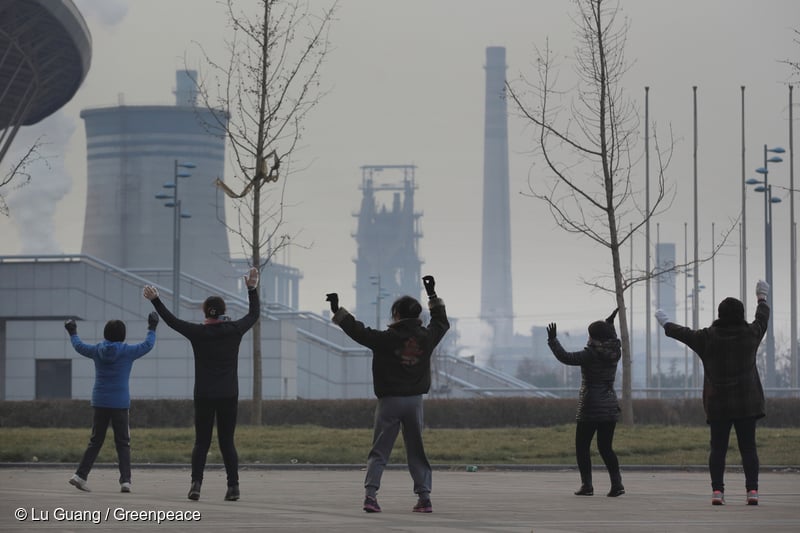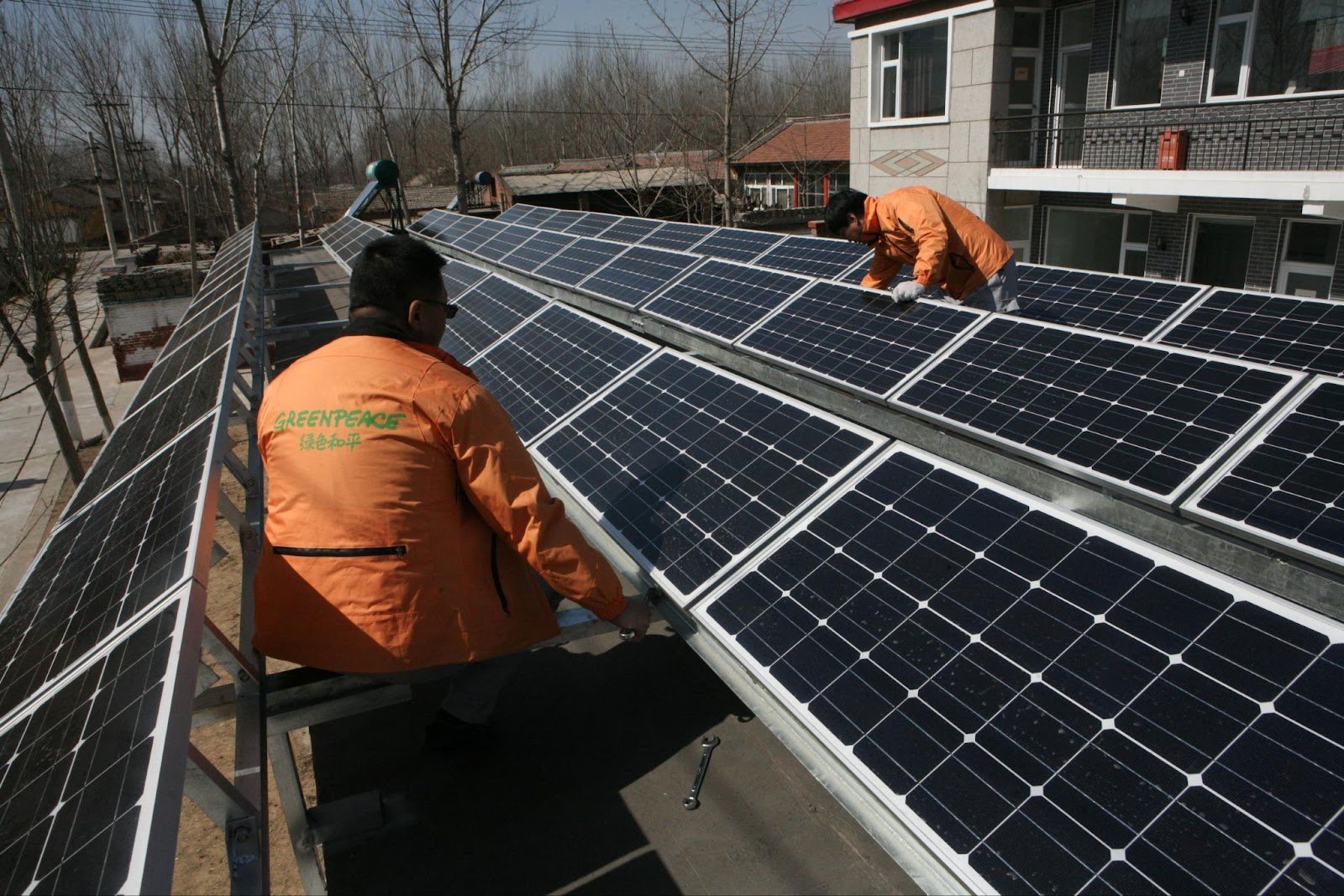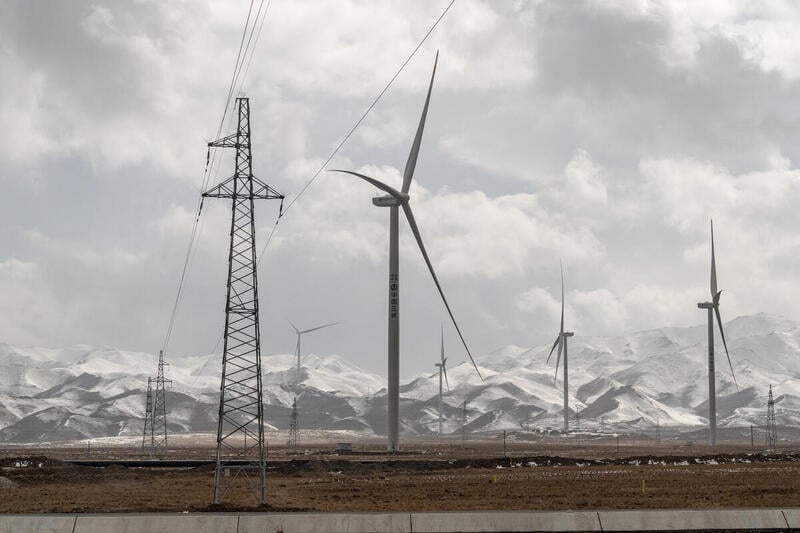In its Global Risks Report 2015, the World Economic Forum stated “water security is one of the most tangible and fastest-growing social, political and economic challenges faced today.”1 Out of all industrial production, the coal industry represents one of the greatest demands on fresh water resources. The entire coal supply chain, including extraction, washing, coal-fired power and coal-to-chemical consumes enormous quantities of water. Moreover, in recent years, the coal industry has rapidly accelerated and further exacerbated the global water crisis.
China faces a particularly severe coal-water conflict. Coal power plants China, consuming a total of 7.4 billion m3of water every year.
Greenpeace has singled out the Kuye Basin, one the primary tributaries of China’s Yellow River, for case analysis. It showcases a typical ‘coal-water conflict’ situation. The Kuye River Basin flows through Ordos City in Inner Mongolia Autonomous Regionand Yulin City in Shaanxi Province, both situated in the Yellow River’s ‘Energy Golden Triangle’. The research indicates that presently a pointed imbalance between the basin’s water supply and demand exists. Severe over-withdrawal of underground water has even meant that areas along the Kuye River have experienced interrupted water flow, resulting in only seasonal water flow.
How the Coal Industry is Aggravating the Global Water Crisis
The Great Water Grab: How the Coal Industry is Deepening the Global Water Crisis



